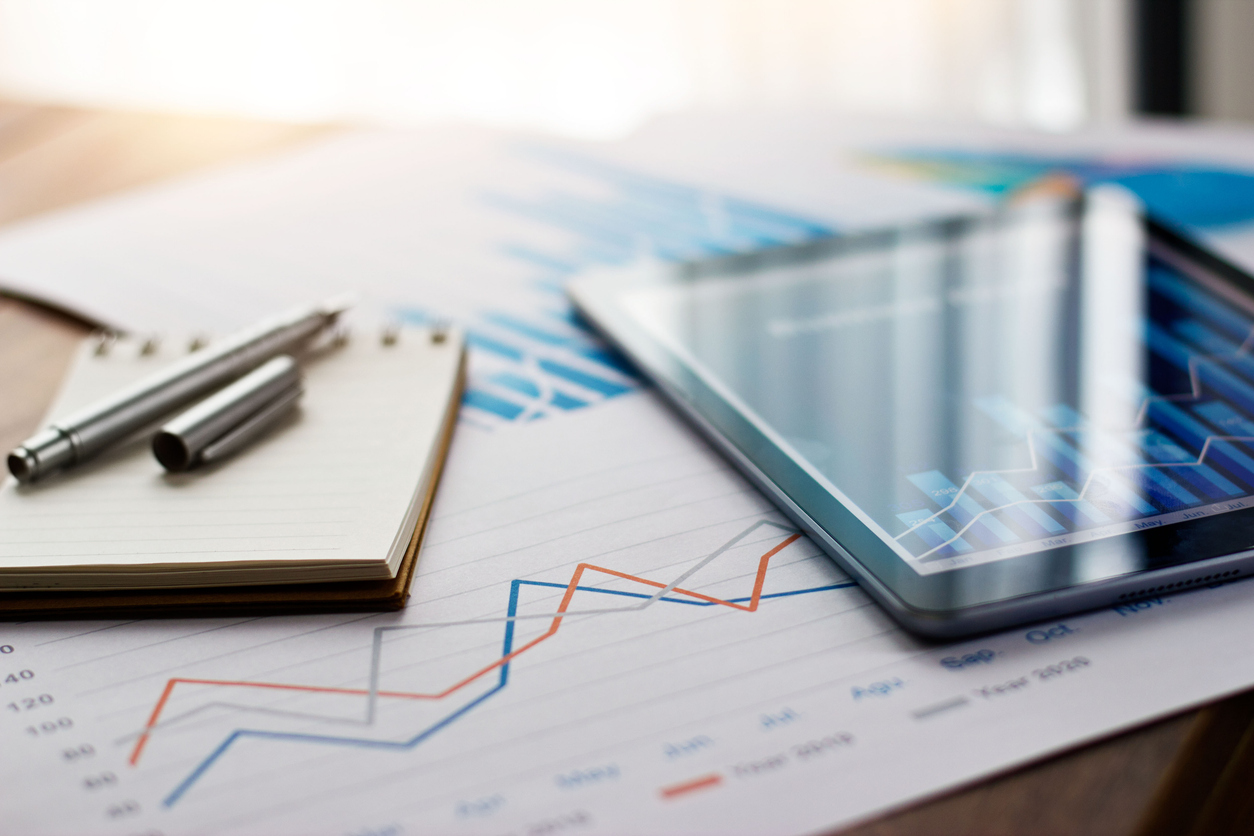When it comes to investing, there are many different strategies and approaches that we can take.
Some of it comes down to which school of thought you prescribe to, such as those that believe in a perfectly efficient market, or those that think price patterns can be predicted.
One such strategy is futures trading. Buying and selling futures contracts for profit has the potential for both huge gains and huge losses, making it commonly referred to as high-risk, high-reward. In this article, we will explore why that is, and how it differs from passive investing.
What are Futures?
A futures contract is a financial instrument that obligates the buyer to purchase an underlying asset, such as a commodity, at a predetermined price and date. In other words, the investor agrees to buy a certain asset at a future date for a pre-agreed price. When doing this, the investor wants the price of the asset to rise, because then our contract becomes profitable.
Futures contracts are traded on exchanges, such as the Chicago Mercantile Exchange (CME Group) or the Intercontinental Exchange (ICE), and are standardized to ensure that each contract represents a specific quantity and quality of the underlying asset.
Futures trading allows investors to speculate on the price movements of the underlying asset without having to ever own the asset. But, it’s not just buying a contract in the hope that the price will rise (a long position), you can also bet on the price falling (a short position). A trader who believes that the price of crude oil will decrease could sell a futures contract, to buy the contract back at a lower price in the future.
High Reward: Potential Upsides of Futures Trading
One of the major potential upsides of futures trading is the capacity for high returns. Because futures trading involves leverage, investors can control a large amount of the underlying asset with a relatively small amount of capital. It’s a way to hold a larger position than you otherwise could.
This means that even small price movements in the underlying asset can result in significant gains (or losses) for the investor. Think of this like mortgaging a house. When a home goes from $500,000 to $550,000, the owner has made a 10% return on their $500,000 capital. But, if the equity (deposit) was only $50,000 with a $450,000 mortgage (debt), then the return on their capital is now 100%, not 10%. $50,000 gains from $50,000 starting capital.
Another potential upside of futures trading is the ability to potentially profit from falling prices, not just rising ones. Unlike passive investing, which generally involves buying and holding assets for the long term, futures trading allows investors to profit from both bullish and bearish market conditions. This undoubtedly presents more trading opportunities as you can now speculate both ways.
Futures trading can also provide investors with a high degree of liquidity, as futures contracts can be bought and sold quickly and easily on exchanges. This makes futures trading a popular choice for short-term traders who want to take advantage of market volatility.
High Risk: Potential Downsides of Futures Trading
Of course, the high capacity for gains is matched by the same capacity for losses. Because futures trading involves leverage, losses can add up quickly if the market moves against the investor. In some cases, investors may even lose more money than they initially invested, leading to the potential for significant financial losses.
In the property example, a 50% drop in the $500,000 home means $250,000 is lost, which could be a 500% loss on your starting capital of $50,000. This is known as negative equity. Without debt, the most we can lose is 100% of our starting capital.
Another potential downside of futures trading is the need for specialized knowledge and expertise. Unlike passive investing, which can be done by almost anyone with a basic understanding of the markets, futures trading requires a deep understanding of the underlying asset, as well as the factors that can affect its price movements. Even then, many will argue the majority of people fail (particularly beginners).
Finally, futures trading can be very time-consuming and stressful, requiring constant monitoring of the markets and the ability to make quick decisions. This can also open us up to mistakes in the form of emotions and psychological flaws.
How Futures Trading Differs from Passive Investing
One of the biggest differences between futures trading and passive investing is the level of involvement required. With passive investing, investors generally buy and hold assets for the long term, to earn returns over time as the asset appreciates. The best example of this is index investing over decades. This approach requires relatively little time and effort and can be done by almost anyone with a basic understanding of the markets.
Futures trading, on the other hand, requires a much more hands-on approach. Investors must constantly monitor markets and make many speculative decisions. It takes more time, skill, stress, and risk. But, many traders use futures to meet short-term financial goals, whilst index funds are usually for long-term goals.
Futures trading can be a high-risk, high-reward approach to investing that requires a great deal of knowledge and expertise. It’s a common way to trade both ways in a liquid market and with the leverage capacity. This means that both gains and losses are amplified, and the strategy will only suit some traders (not beginners, for example).











